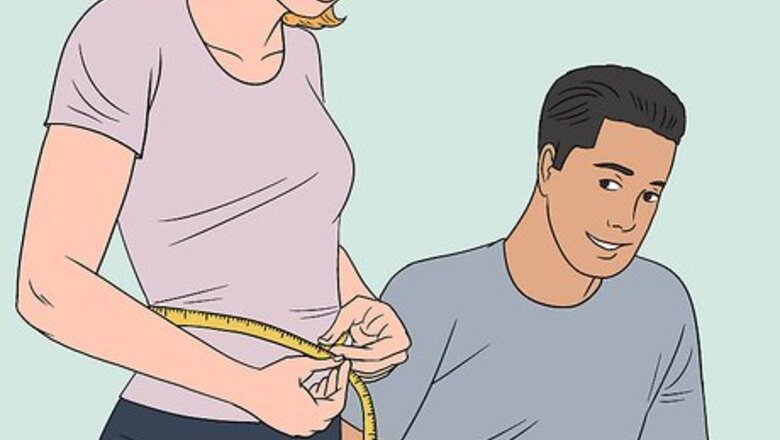
views
Buying the Right Clothes
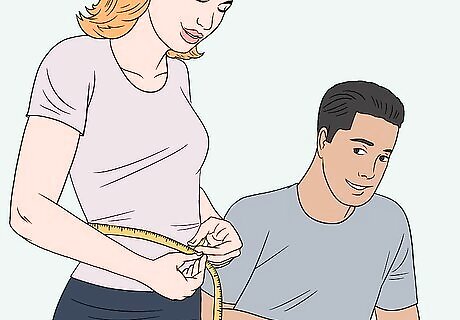
Take your measurements. Each manufacturer may size clothing differently, so you cannot rely on a standard small/medium/large scale or numeric size scales. Since you cannot try on clothes before you buy them when shopping online, accurate measurements are essential. At minimum, women should know their bust, waist, and hip measurements. Additional measurements, such as height, inseam, and arm length, may also be needed depending on the garment being purchased. Men should know their chest, neck, waist, and inseam measurements. Additional measurements, including arm length, shoulder width, and height may also be needed. For children's clothing, parents should know their child's height, waist, hips, and chest or bust. For newborns and toddlers, parents should know their child's height and weight. Also, know the season you're shopping for. For many of us, summer time is all about living easy and enthralling in the warm weather. Whenever warm weather is upon us, women decide to mix things up a bit and go out wearing shorts. In the fall, long blue jeans make your body warmer. So know the season you're shopping for.
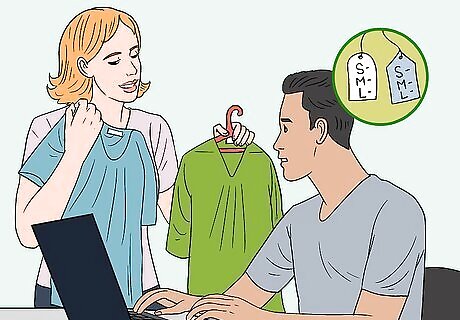
Check each garment’s sizing information. Most manufacturers have a standard sizing chart they use for all their clothing, but many online stores sell items from a range of manufacturers. Check the product description of each garment you consider purchasing to double-check how the sizes are measured. You may discover that you are a small by one manufacturer’s standard, but a medium by another’s standard.
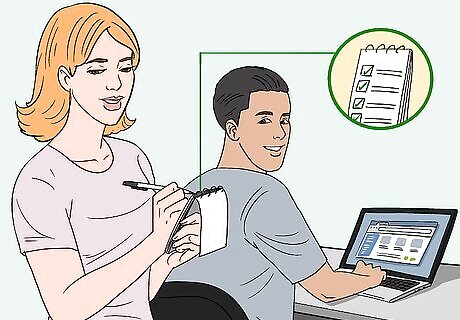
Make a list of what you need. If you decide to shop for multiple items of clothing at once, write down everything you need before you get started. Doing so will help you stay on track and may help prevent you from feeling overwhelmed by choices. Depending on where you're located, many seem to flock to Amazon or Walmart because the price meets the demand. If in Europe or the Middle East, the Amazon alternative is Jumia. In Russia, it's completely different than Middle Eastern or South American countries, and so forth. So really narrow your search down after finding which sites will offer your clothing based off location.

Avoid distractions. Only look at the clothes you know you need. If you only intend to buy a new dress, avoid looking at tops and accessories. Otherwise, you risk wasting time looking at clothes you don’t really need, and may end up buying something extra and out of budget. EXPERT TIP Alena Le Blanc Alena Le Blanc Personal Stylist Alena Le Blanc is the Personal Stylist and the Founder of Le Blanc Label. Based in San Francisco, California, Le Blanc Label is the leading personal stylist brand for sustainable style transformations. Alena and her team specialize in seasonal wardrobe refreshes, closet edits, styling for special events, travel, photoshoots, and general personal needs. Alena has been featured in podcasts including EMPOWERED BY WMN, I Am Fearless, and Mind Power Meets Mystic. Alena received her BFA in Fashion and Apparel Design from the Academy of Art University. Alena Le Blanc Alena Le Blanc Personal Stylist "Quiet Luxury" is a fashion trend that values quality and craftsmanship over flashy designs. The trend emphasizes minimalism and timeless pieces of the highest quality. Examples of quiet luxury include a well-made cashmere sweater, a perfectly tailored blazer, or a simple white cotton shirt.

Try on your clothes as soon as they arrive. Many online stores accept returns, but only within a limited time frame. Try on your clothes as soon as they arrive at your door. Do not remove any tags or stickers, since doing so may hinder your ability to return the item if it does not fit.
Staying within Budget

Set a budget. In order to avoid over-spending, you need to know how much you can afford to spend. Review your financial situation and determine how much extra money you have available.

Shop around. The true beauty of online shopping is convenience. Within minutes, you can check out the selection at multiple stores, all without leaving your chair. Take advantage of this convenience by comparing the prices and selection offered by several reputable online stores. You may discover that two stores are offering similar garments for vastly different prices.

Search for deals. The easiest way to do this is to sign up for email newsletters with various online stores you frequent. These newsletters frequently include information about sales and clearances. Otherwise, quickly visit the online storefronts of different sellers and note which ones have sales going on.

Shop wholesale. Many wholesale sellers require you to be a reseller to make a purchase, but not all do. True wholesale requires you to purchase large quantities at one time, making it a good option for basic necessities like underwear and socks. Retail wholesalers purchase large quantities of clothing at wholesale prices, then sell those garments with very little mark-up. As a result, clothing purchased from a retail wholesaler is often much cheaper than clothing purchased from a standard retailer.

Check shipping costs before you commit. Shipping costs and additional check-out fees can dramatically drive up the price of your purchase, especially if you end up buying from a seller in a foreign country. You should also make these costs a factor when you compare prices at various stores.
Keeping Yourself Safe

Buy from trusted sellers. Department store websites and the official websites of well-known brands are a good place to start. If you buy from smaller stores or individual sellers, opt for sellers that go through PayPal or other secure payment methods.

Look for comments and reviews. Only purchase from individual sellers when a detailed feedback system is available. Sellers with a 100% approval rating may be skewing their results, so you should aim for sellers who have vastly positive reviews and a few “resolved” negatives. Resolved negatives include any problem that was remedied after communication between the buyer and seller.
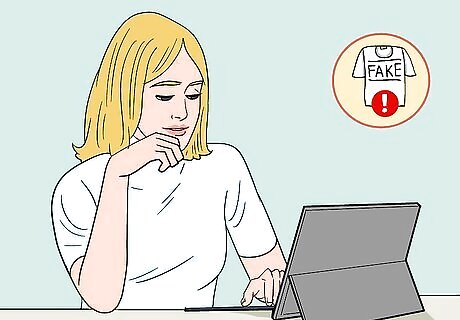
Know how to spot a counterfeit. When buying brand name items, be aware of the fact that many sellers are out to scam you. Know the peculiarities of a particular brand and look for detailed pictures that can be used to identify a garment as real or fake.

Do not give out personal information. Your name and address are necessary, but your Social Security number and bank account are not. If a feel skeptical about whether or not a seller is asking for unnecessary personal information, err on the side of safety.

Shop on encrypted websites. Websites that start with "https://" are secured, and many Internet browsers also display a closed padlock to indicate encrypted security. These security measures are not necessary while viewing products, but you should avoid websites that have you pay on unsecured pages.

Check out the return policy. Before you commit to a purchase, verify whether or not a seller offers returns and refunds. Even a legitimate seller who does not offer returns can be a mistake to buy from, since you may find yourself stuck with an unusable product if it does not fit.
















Comments
0 comment